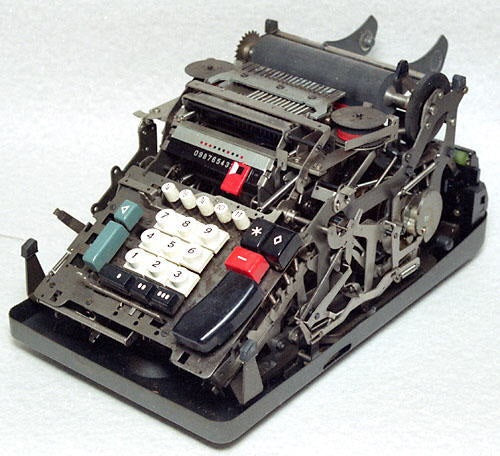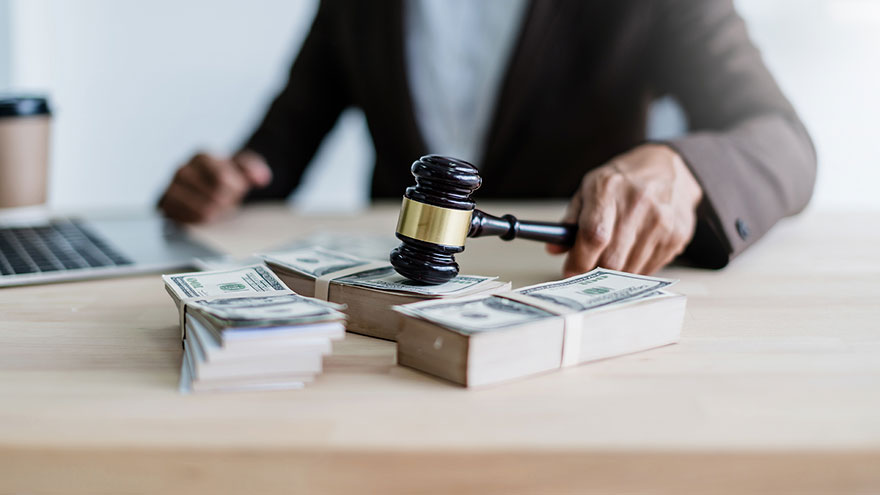
Yield to worst on a non-callable bond is exactly equal to the yield to maturity. If your bond is called, presumably you'll have to find another investment to substitute for it. While yield to worst doesn't show you duration, it does show you the worst (from your perspective) possible annual yield you'd make when considering a bond. Yield to Worst on a BondĬombining Yield to Maturity with Yield to Call and taking the minimum is known as the Yield to Worst. Use the Yield to Call as you would use other measures of bond valuation: a factor in your decision whether to buy or avoid a bond. Conclusion and Other Financial Basics Calculators

And it's not always against you – some bonds have a put option see the yield to put calculator for the nearly-equivalent yield to put. Computing YTC like we've done in the calculator shows you the yield on your bond if it doesn't make it to maturity. Know this: callable bonds might not behave exactly as you planned (although we assume the calculator default bond wouldn't be called!). (There are usually no prepayment premiums, most cost is up-front on a mortgage, etc.) However, it's a useful model to keep in mind when investing in bonds. only to restart the cycle if rates fall an acceptable amount in the future. They then effectively reissue a bond at the prevailing rate. In a refinance, people prepay – "call" – their current mortgage, paying it off in full. When mortgage rates fall, people rush to refinance their current mortgages. In a sense, callable bonds are very similar to some forms of consumer debt. If you don't care about the duration, it can be a win-win – a slight edge in yield, while the issuer can hedge a bit against falling interest rates.
#Bond financial calculators full
Callable bonds usually offer some sort of perk – like a higher interest rate – with the risk that the issuer might call it before its full maturity. When you start investing in bonds, you'll soon recognize that bonds can either be callable ("redeemable") or un-callable.

is what this site is, I suppose.) Presumably, the issuer would not call this bond away. (Yes, you'll want to do the math with a computer. The discussion of the formula itself is a bit heavy, but start with our references in the Yield to Maturity Calculator to read more. The calculator internally uses the secant method to converge upon a solution, and uses an adaptation of a method from Github user ndongo. The formula for the approximate yield to call on a bond is: However, that doesn't mean we can't estimate and come close. Additionally, the price to call bond is usually a bit more than the face value of the bond – we use the price to call for this formula instead of the par value in YTM. When making this calculation, we assume the bond will be called away at the first opportunity. The calculation for Yield to Call is very similar to Yield to Maturity.

See the bond yield calculator for explanation. Current Yield (%): The simple calculated yield which uses the current trading price and face value of the bond.Yield to Call (%): The converged upon solution for the yield to call of the current bond (the internal rate of return assuming the bond is called).Coupon Payment Frequency - How often the bond makes coupon payments.Annual Coupon Rate (%) - The annual percentage paid on the bond based on the par value ( read: do not recompute it for the current trading price, the tool will handle it.).Years to Call - The numbers of years until the bond can be called.If there is a premium, enter the price to call the bond in this field. Price to Call ($) - Generally, callable bonds can only be called at some premium to par value.Bond Face Value/Par Value ($) - The face value of the bond, also known as par value.Current Bond Trading Price ($) - The trading price of the bond today.4.1 Yield to Worst on a Bond Yield to Call Calculator Inputs


 0 kommentar(er)
0 kommentar(er)
